Law on the National Bank is confirmed, setting up the National Bank as the privileged private institution in the form of a joint-stock company, subject to extensive government supervision.
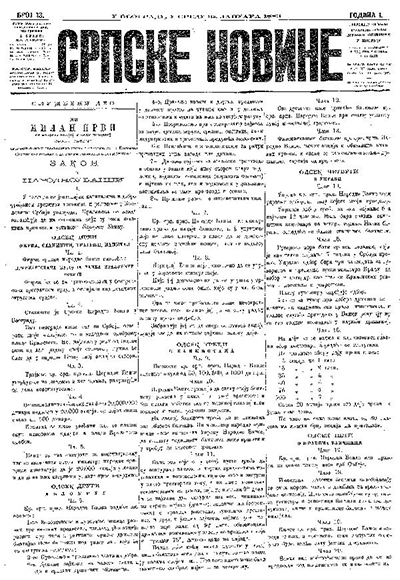
Statutes of the National Bank are confirmed.
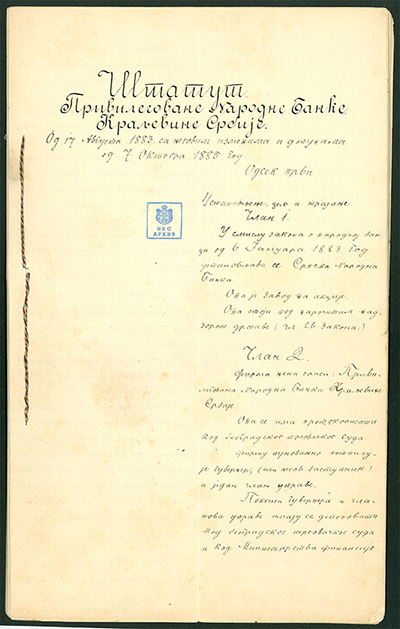
Aleksa Spasić is appointed the first Governor by King Milan’s Decree.
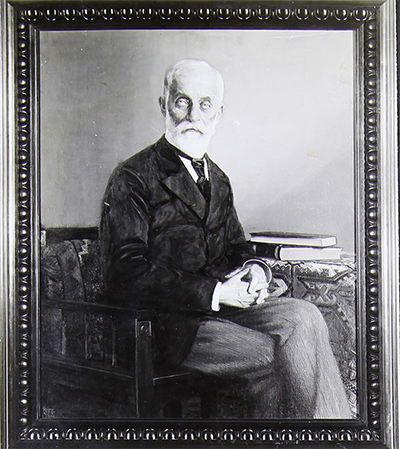
Bank concludes contract with Kumanudi brothers on renting the building on the corner of Knez Mihajlova St. and Dubrovačka St. (now Kralja Petra St.).
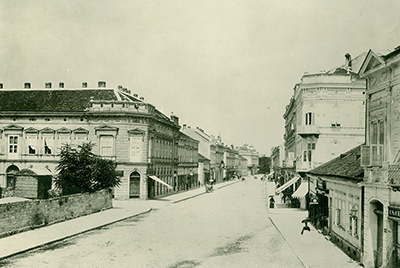
National Bank opens its doors and starts regular operation.
National Bank’s building in Dubrovačka St. (now Kralja Petra St.) is moved in.
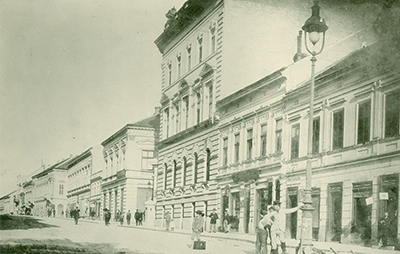
Subscribed capital of the National Bank equalled 7.5 mn dinars in gold.
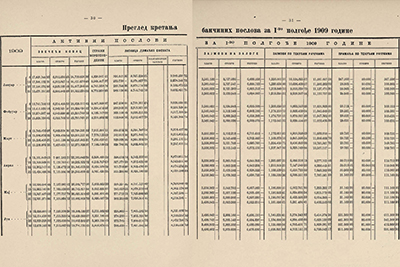
National Bank opens its branch offices in Skopje and Bitola.
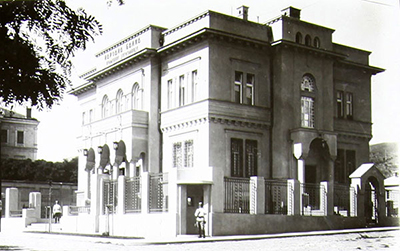
After leaving state territory, the National Bank’s property sails into the Port of Marseilles.

Via Marseilles and Corfu, Governor Đorđe Vajfert arrived in Belgrade together with the Government and held the first meeting with members of the Management.
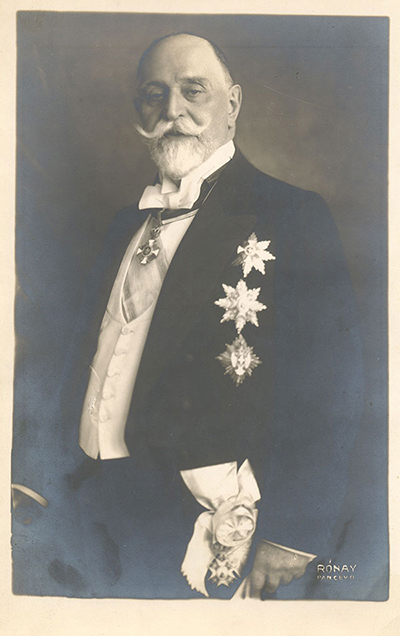
Law on the National Bank of the Kingdom of Serbs, Croats and Slovenes, whereby the activity of the issuing institution is extended to cover the entire territory of the Kingdom.
Rulebook on the Collection of Fees and Charges is adopted.
Consecration of the newly constructed building of the Institute for Manufacturing Banknotes and Coins in Topčider.
German occupation authorities issue a decree on liquidation of the National Bank of the Kingdom of Yugoslavia.
Serbian National Bank begins to operate in the occupied territory of Serbia.
Law amending the Law on the National Bank of the Kingdom of Yugoslavia, which confirms continuity and changes the bank’s name to the National Bank of the Federal People’s Republic of Yugoslavia.
Law on Credit and Other Banking Transactions – transition to the multi-bank system.
National Bank of the FPRY becomes the National Bank of Yugoslavia.
National Bank of the Federal People’s Republic of Yugoslavia continues to operate as the National Bank of Yugoslavia.
Law on the National Bank of Yugoslavia and start of the process of setting up national banks of republics and autonomous provinces.
After secessionist actions of Slovenia and Croatia, the National Bank issues into circulation banknotes to meet extraordinary needs of the country.
Macedonia leaves the single financial-monetary system of the SFRY.
After the Constitution of FR Yugoslavia is proclaimed, the National Bank is renamed as the issuing institution of the new state comprising the Republic of Serbia and the Republic of Montenegro.
Bosnia and Herzegovina leave the single financial-monetary system of the SFRY.
International Monetary Fund decides to terminate cooperation with Yugoslavia as it has ceased to exist.
Law on the National Bank whereby it, as the legal successor, assumes rights and liabilities for the territory of FR Yugoslavia.
Governor Dragoslav Avramović’s Programme to stop hyperinflation and stabilize the dinar.
IMF recognises convertibility of the dinar in all foreign current transactions.
National Bank of Yugoslavia continues to operate as the National Bank of Serbia..
Law on the National Bank, which in addition to the Governor, sets up two new bodies: the Monetary Policy Committee and the Council.








